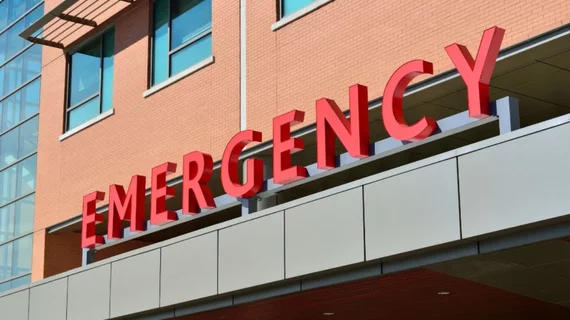Computed tomography scanning offers good diagnostic value for evaluating unintentional weight loss in patients admitted to the emergency department, according to a recently published review.
Diagnosing such weight loss is difficult for any clinician, and some studies estimate 5%-7% of adults in the U.S. will check into the ED with UWL in any given year. After looking at 133 patients who did so, CT led to a diagnosis in nearly half of cases, according to the findings shared in Emergency Radiology.
Typically clinicians don’t manage this condition in the ED, but the authors said understanding CT’s role can enable providers to better triage individuals to the proper care setting.
“Our findings indicate that CT is a useful first-line imaging approach for the identification of organic causes of UWL, with a true-positive rate of 48.8%,” Sanjay Rao, of University Hospitals Cleveland Medical Center/ Case Western Reserve University, and colleagues added.
For their retrospective investigation, the group enrolled 173 patients who underwent chest, abdomen, or pelvis CT in the ED at the Ohio medical center between 2004 and 2020. Forty individuals were excluded due to a history of malignancy or lack of follow-up.
Rao et al. identified true-positive CT findings in 65 patients, with non-malignant gastrointestinal conditions (41 cases, 30%) and cancer (30 cases, 41%) the leading causes of unintended weight loss. Meanwhile, elevated white blood cell counts and physical exam irregularities were both significantly associated with CT abnormalities.
A total of four prior studies have taken on a similar investigation, the authors noted, with true-positive rates never exceeding 33.5%. This is due to many reasons, including more pronounced CT findings in this cohort of patients who showed more severe illness.
Overall, the authors said CT should be considered in any “undifferentiated” patient who checks into the ED with unintended weight loss. But more research will be helpful.
“A prospective study design in which a standard protocol for utilizing a CT chest/abdomen/pelvis is developed for patients presenting to the ED with UWL, based on certain clinical and laboratory findings, may be an appropriate next step in characterizing the diagnostic utility of CT in UWL,” the group concluded.

